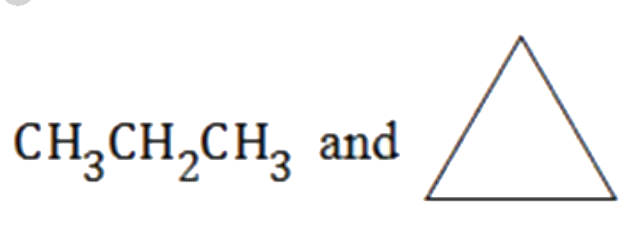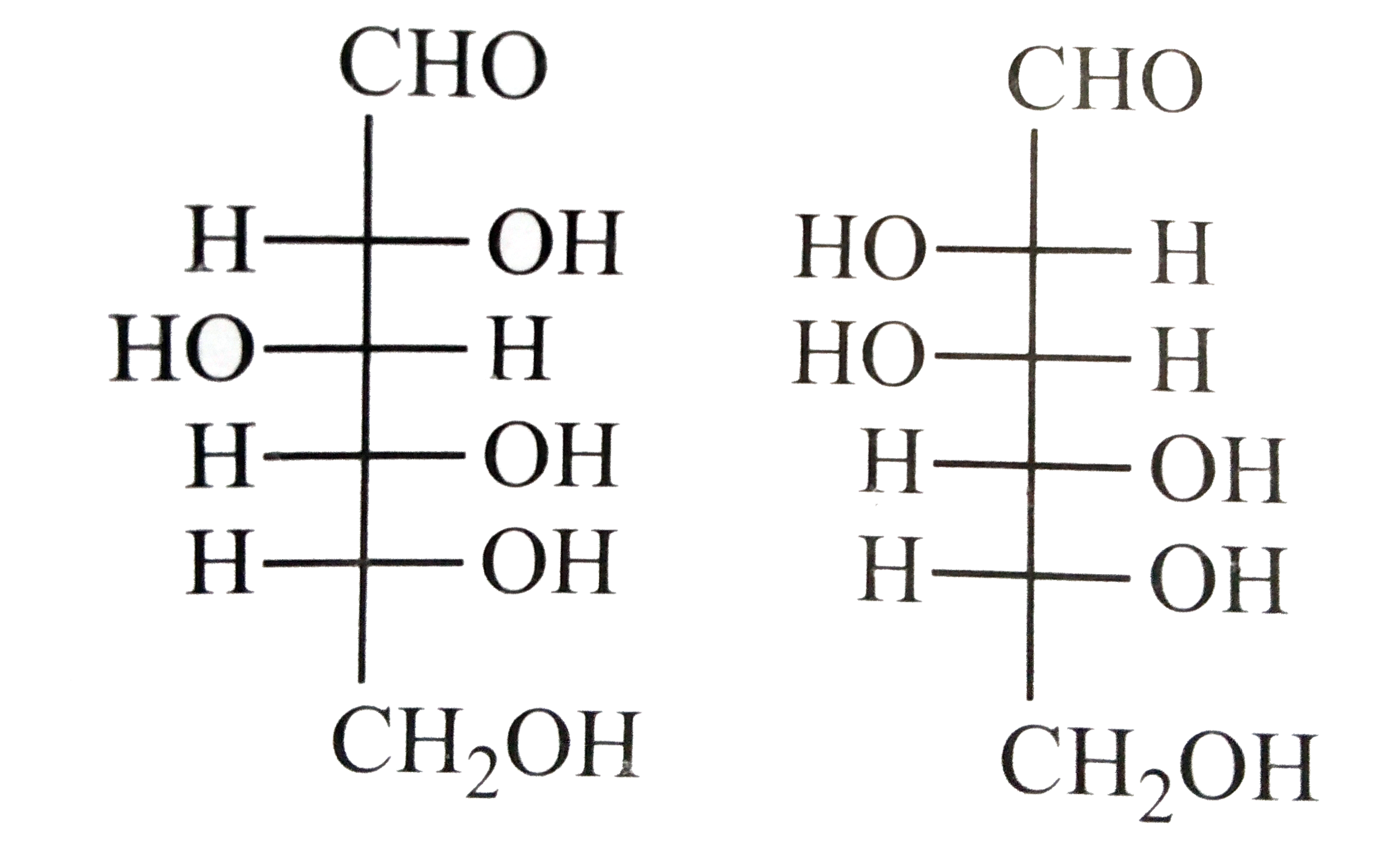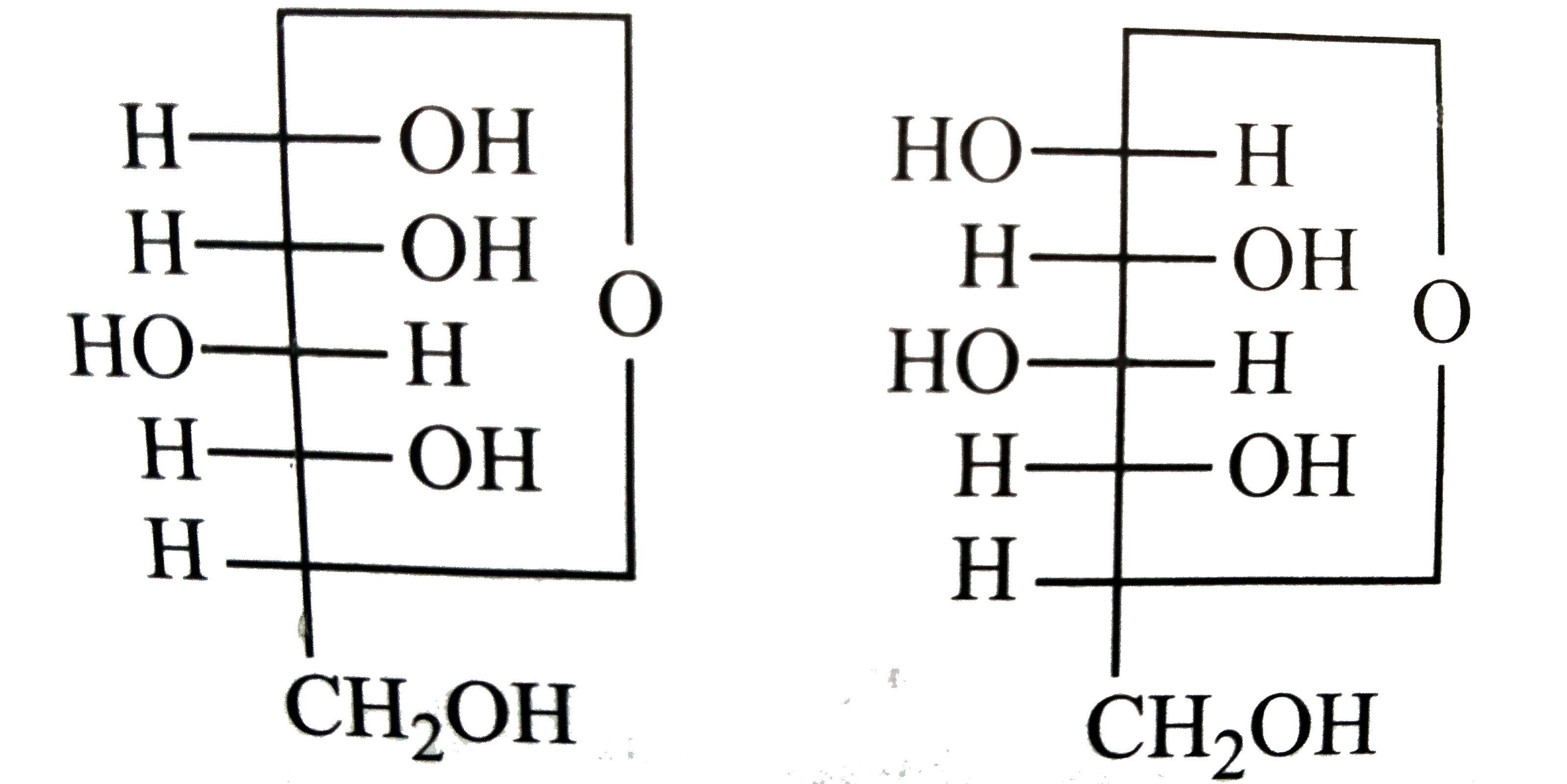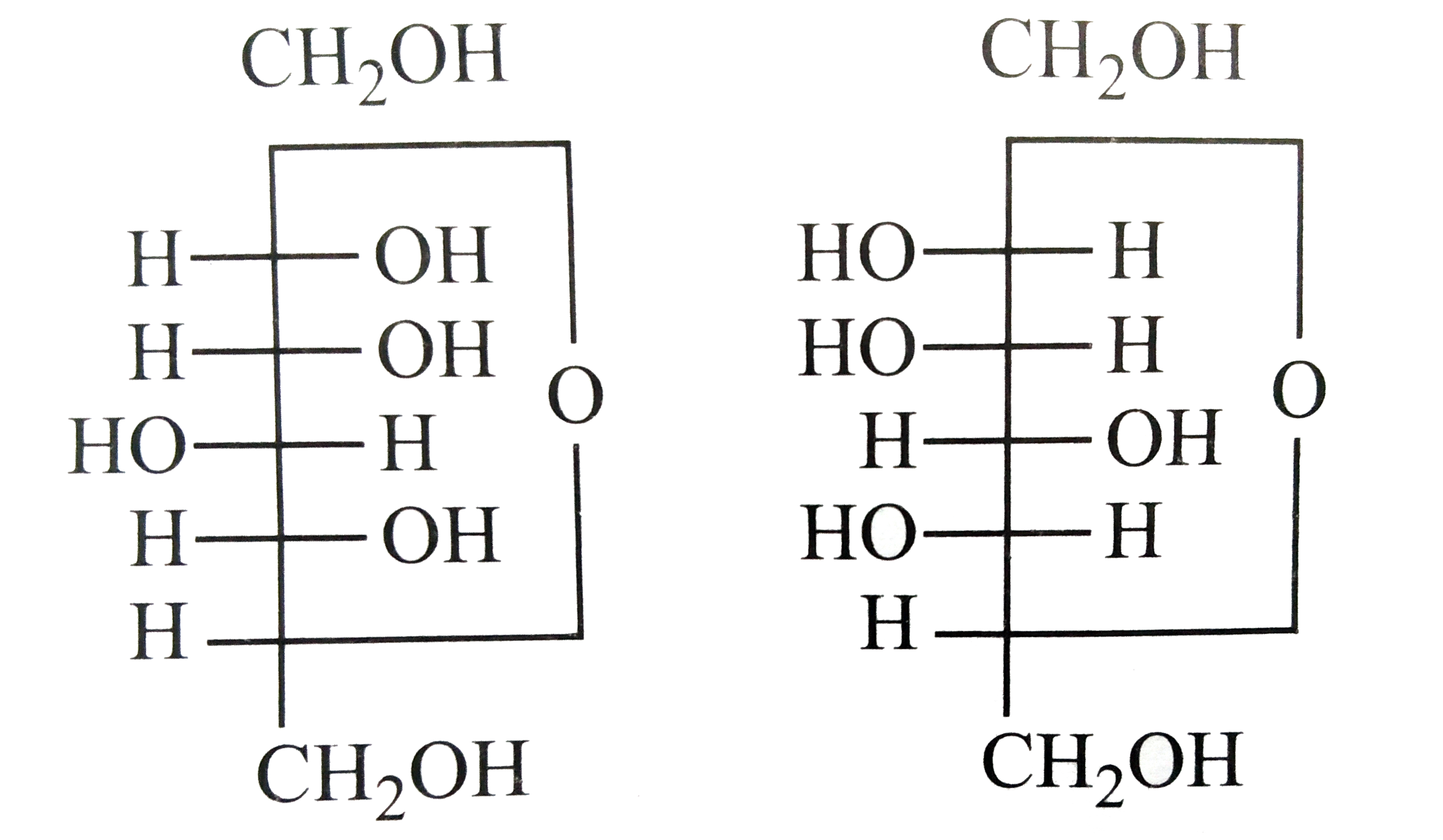Which of the following pairs represents constitutional isomers ?

CH3CH=CH2andCH3=CHCH3


The correct Answer is:D
To determine which pairs represent constitutional isomers, we first need to understand what constitutional isomers are. Constitutional isomers are compounds that have the same molecular formula but differ in the connectivity of their atoms. This means they have the same number of atoms of each element, but the arrangement of these atoms is different, leading to distinct structural formulas.
1. Identify the Pairs: Look at the options provided. We need to analyze each pair to see if they qualify as constitutional isomers.
2. Check Molecular Formula: For each pair, confirm that both compounds have the same molecular formula. This is crucial because constitutional isomers must have the same number of each type of atom.
3. Analyze Structural Connectivity: Examine the structure of each compound in the pair. Determine if the connectivity of the atoms is different. This means looking for differences in how atoms are bonded together.
4. Evaluate Each Option:
- Option A: Check if both compounds have the same number of atoms and different connectivity. If not, they are not constitutional isomers.
- Option B: Again, check the molecular formula and connectivity. If they are the same, they are not constitutional isomers.
- Option C: Repeat the process. Confirm if the number of atoms is the same and if the connectivity differs.
- Option D: Examine this pair closely. If they have the same number of atoms but different bonding arrangements, they qualify as constitutional isomers.
5. Conclusion: After analyzing all the options, identify which pair meets the criteria for constitutional isomers.
Final Answer:
Based on the analysis, Option D represents constitutional isomers because they satisfy both conditions: they have the same number of atoms of each element and distinct bonding arrangements.
---
- Option A: Check if both compounds have the same number of atoms and different connectivity. If not, they are not constitutional isomers.
- Option B: Again, check the molecular formula and connectivity. If they are the same, they are not constitutional isomers.
- Option C: Repeat the process. Confirm if the number of atoms is the same and if the connectivity differs.
- Option D: Examine this pair closely. If they have the same number of atoms but different bonding arrangements, they qualify as constitutional isomers.
Based on the analysis, Option D represents constitutional isomers because they satisfy both conditions: they have the same number of atoms of each element and distinct bonding arrangements.
Similar Questions
Knowledge Check
Which of the following pairs represents anomers ?
A B
B C
C D
D
Which of the following are isomers?
Aethane and propaneBethane and etheneCethene and ethyneDbutane and isobutane
Which one of the following pair represents stereo isomerism :-
View SolutionWhich of the following are isomers ?
View SolutionWhich of the following pairs represents linkage isomers?
View SolutionWhich of the following pairs represents resonating structures ?
View SolutionWhich of the following pairs constitute isotones ?
View SolutionWhich of the following pairs constitute isotones ?
View Solution
